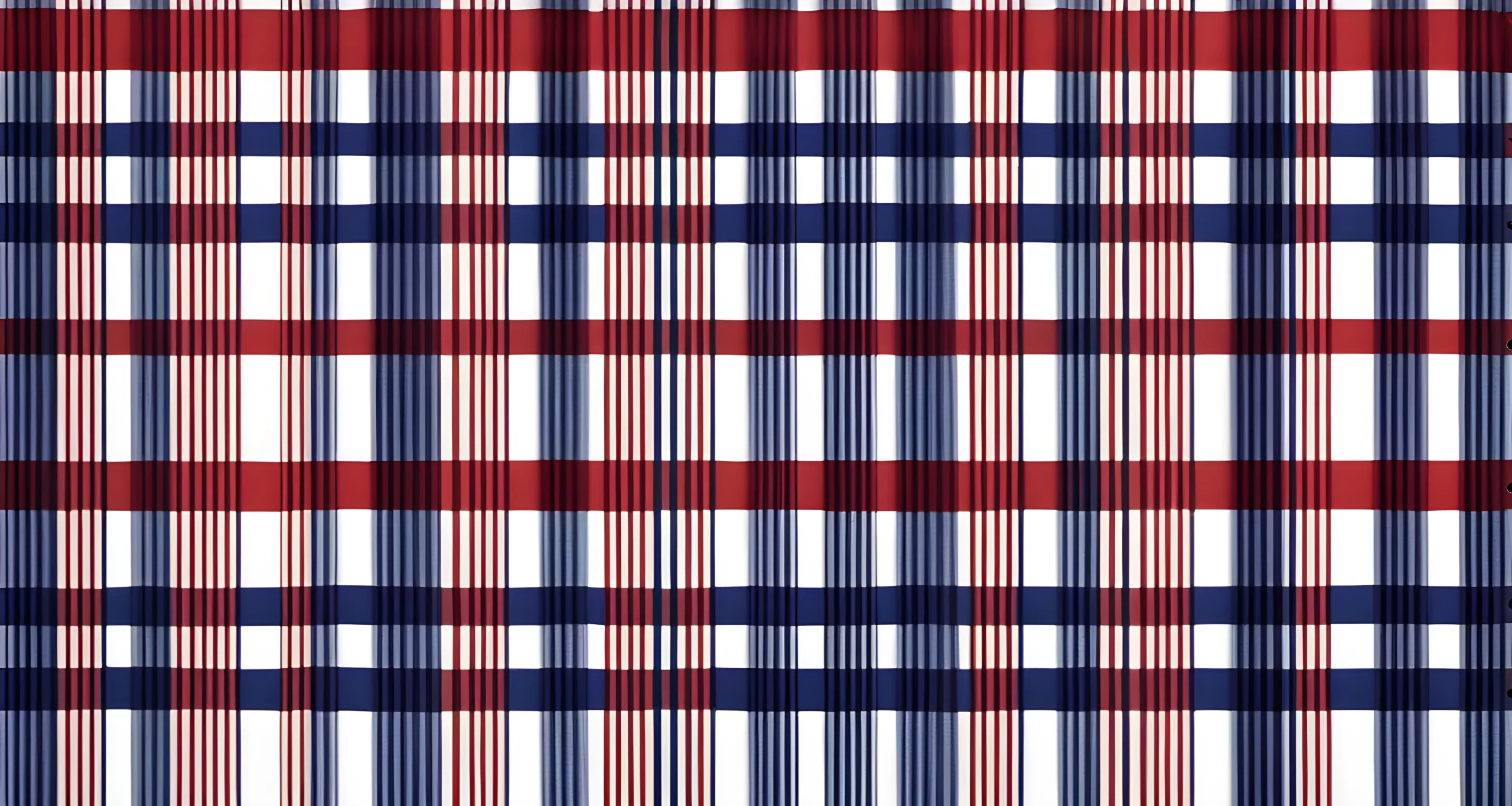Introduction
Are False Flags Real or Just Conspiracies?
False flag operations have been a tactic used throughout history, often in the context of war, political manipulation, or ideological conflicts. These deliberate acts of deception are designed to make it appear as though they were perpetrated by someone other than the actual perpetrator, in order to create a pretext for further action. The term "false flag" originates from the 16th century, when pirates would fly the flag of a friendly nation to deceive merchant ships. This concept later evolved to include literal deception at sea and, in modern warfare.
Throughout history, various incidents have been attributed to false flag operations, sparking intense debate and conspiracy theories. The use of false flags continues to be a contentious issue, with proponents and skeptics presenting conflicting evidence and arguments. The impact of these operations on society and their potential role in fueling conspiracy theories is a topic of ongoing interest and concern.
To explore the controversial nature of false flags and their implications, it is essential to examine specific examples and analyze the evidence surrounding these events. By delving into this complex subject matter, we can gain a better understanding of the historical context and potential motivations behind false flag operations. Additionally, examining the impact of false flags on society can shed light on the broader implications of these deceptive tactics. Opus Dei controversy exploration

The Chemtrails Conspiracy Theory
The Chemtrails Conspiracy Theory
The Chemtrails Conspiracy Theory is the belief that the government or other organizations are secretly spraying harmful chemicals into the atmosphere through the trails left by airplanes. Proponents of this theory claim that the purpose of these "chemtrails" is to control the weather, manipulate human behavior, or even spread diseases.
False Flag Operations
- During World War I, there were instances of false flag operations, such as the German cruiser SMS "Cap Trafalgar" disguising itself as the British HMS "Carmania" and attacking the actual HMS "Carmania" off the coast of Brazil.
- Similarly, in World War II, the German military staged the Gleiwitz incident, where German soldiers dressed as Polish militiamen attacked a radio station in Gleiwitz, Germany, to create the illusion of a Polish raid, which was then used to justify the invasion of Poland.
Proponents of the Chemtrails Conspiracy Theory often point to historical instances of false flag operations as evidence that governments are capable of carrying out covert and deceptive actions 2008 Crisis.
The idea of governments engaging in covert operations has fueled skepticism and distrust among conspiracy theorists, leading them to question official narratives and search for hidden motives behind various events.
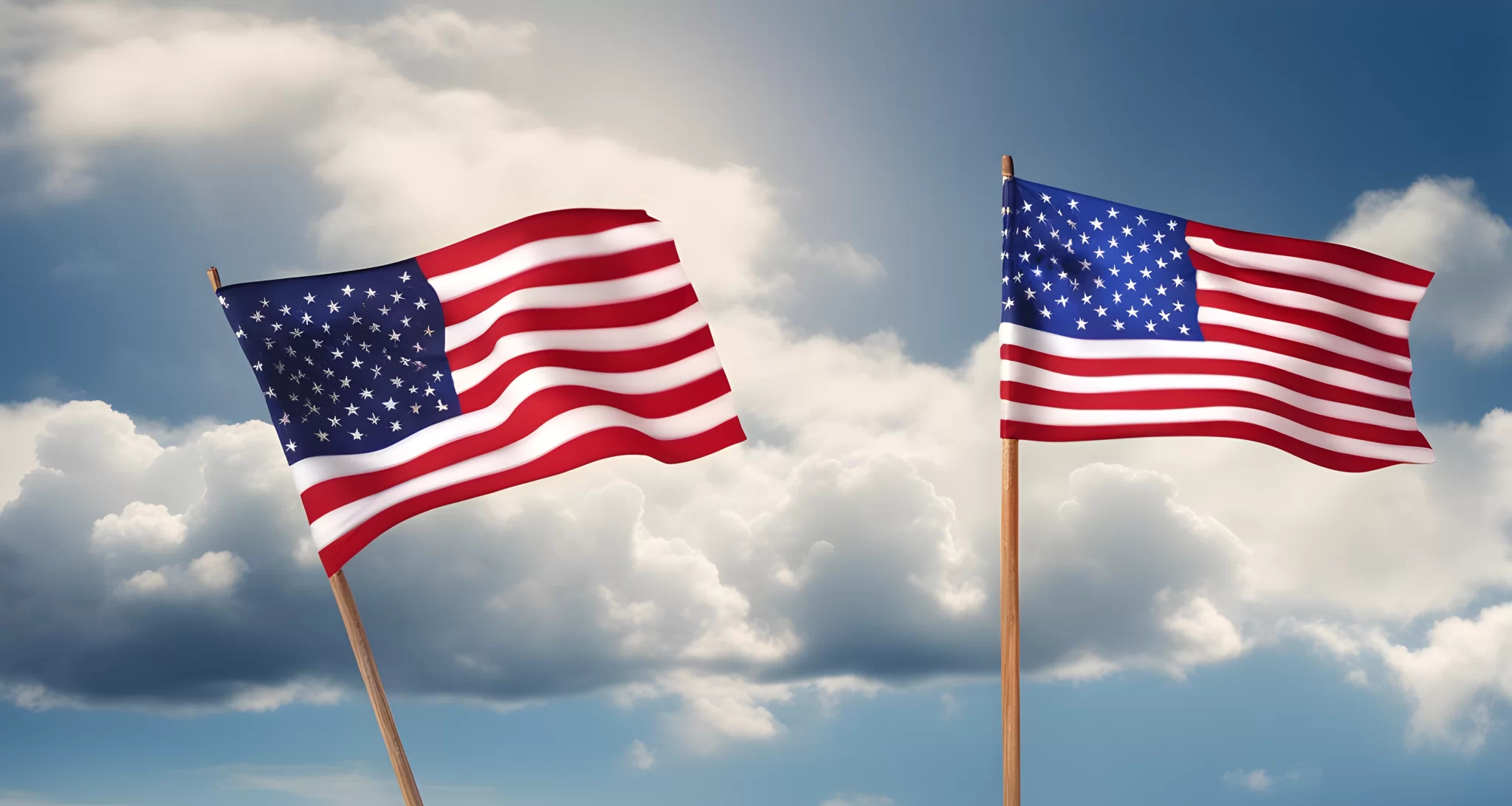
Proponents and Evidence
One of the main proponents of false flag operations is the belief that powerful entities orchestrate events to manipulate public opinion and advance their own agendas. Some supporters of this theory point to historical incidents such as the Gulf of Tonkin incident during the Vietnam War, where it is believed that the U.S. government staged an attack to justify military intervention. Additionally, the 9/11 attacks have also been the subject of numerous conspiracy theories, with some suggesting that they were orchestrated or allowed to happen by the U.S. government for political gain.
In more recent times, evidence of false flag operations continues to emerge. For example, in the 2014 annexation of Crimea by Russia, there were suspicions that Russian operatives disguised themselves as local separatists to justify the invasion. These events fuel skepticism and contribute to the ongoing debate about the plausibility of false flag operations in modern conflicts.
Furthermore, proponents often claim that certain government policies or actions serve as evidence for false flag operations, such as those related to national security and surveillance Anti-vaccine movement. This fuels further speculation and continues to shape public perception of potential false flag events.

Debunking the Theory
The chemtrails conspiracy theory has been widely debunked by scientists and experts in the field. Here are some key points that debunk the theory:
-
Scientific Explanation: The trails left by aircraft are actually condensation trails, or contrails, that form when hot engine exhaust mixes with cold air at high altitudes. This process creates ice crystals that form the visible white streaks in the sky.
-
Lack of Evidence: Proponents of the chemtrails theory often cite photographs of supposed "chemtrail planes" as evidence. However, these images have been thoroughly analyzed and found to be normal commercial or military aircraft.
-
Air Quality Monitoring: Government agencies and independent researchers regularly monitor air quality for any signs of chemical or biological agents. There has been no substantial evidence to support the presence of such agents in the atmosphere as a result of chemtrails.
-
Historical Precedent: Similar conspiracy theories have been debunked in the past, such as the belief that contrails contained mind-controlling chemicals. These claims have been thoroughly investigated and found to be baseless.
For more historical mysteries and conspiracies, check out Jack the Ripper mystery for an in-depth look at one of history’s most infamous unsolved cases.
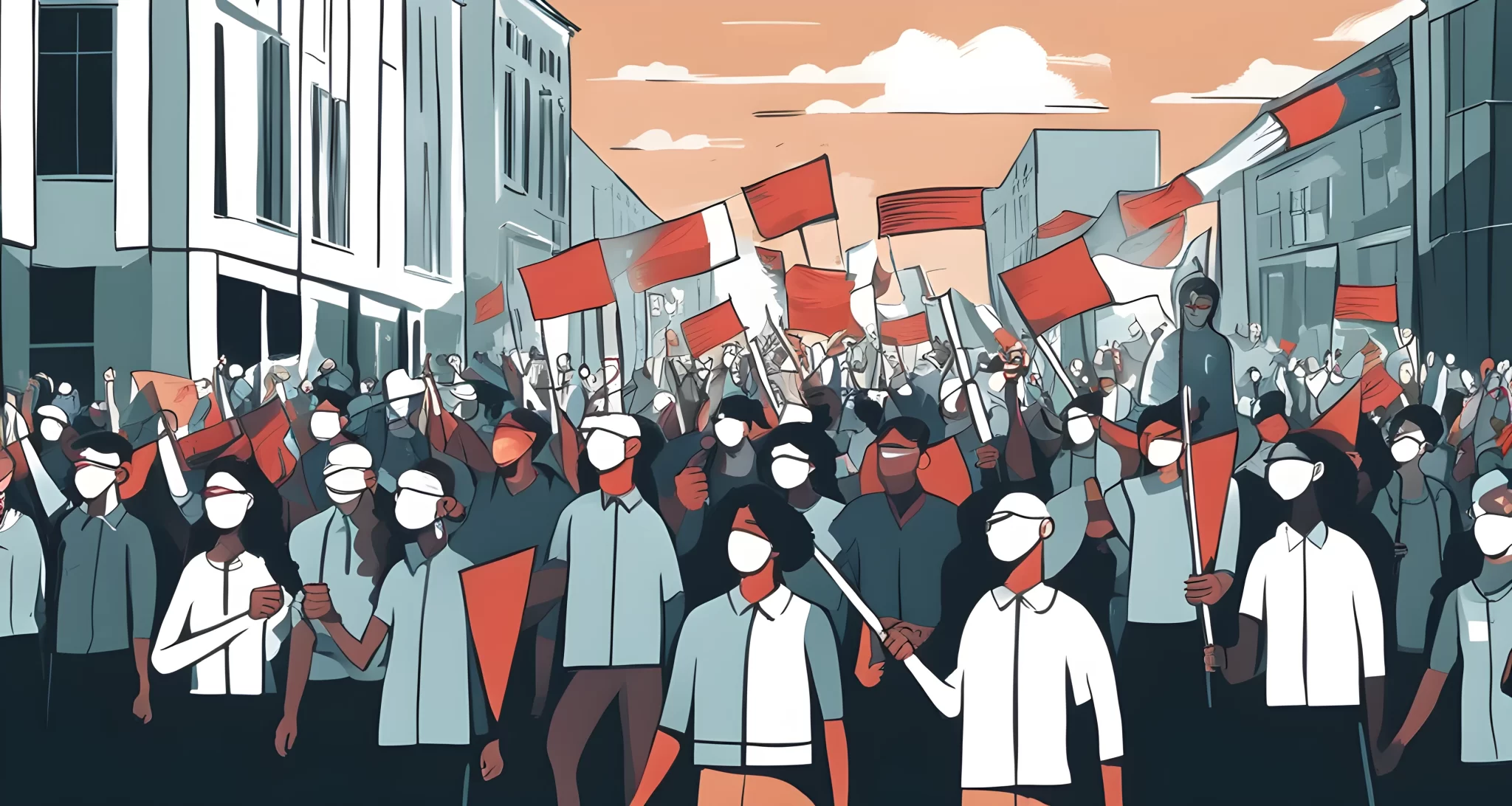
Impact on Society
The impact of the chemtrails conspiracy theory on society has been significant, leading to widespread fear and distrust of government and scientific institutions. This has resulted in several negative consequences:
Spread of Misinformation
- The theory has led to the spread of misinformation and pseudoscience, causing confusion and fear among the general public.
- It has also eroded public trust in scientific research and evidence-based decision making.
Health Concerns
- The belief in chemtrails has led to unfounded health concerns, with some people attributing various illnesses to exposure to these supposed chemicals.
Environmental Impact
- The theory has also had an impact on environmental activism, with some individuals misdirecting their efforts towards combating a non-existent threat rather than addressing real environmental issues.
Social Division
- The widespread acceptance of the chemtrails theory has led to social division, with believers and non-believers often clashing over the validity of the theory.
In conclusion, the chemtrails conspiracy theory has had a detrimental impact on society, fueling fear, misinformation, and division. It is crucial for individuals to critically evaluate the evidence and rely on credible sources of information when considering such theories. CERN dimension gateway
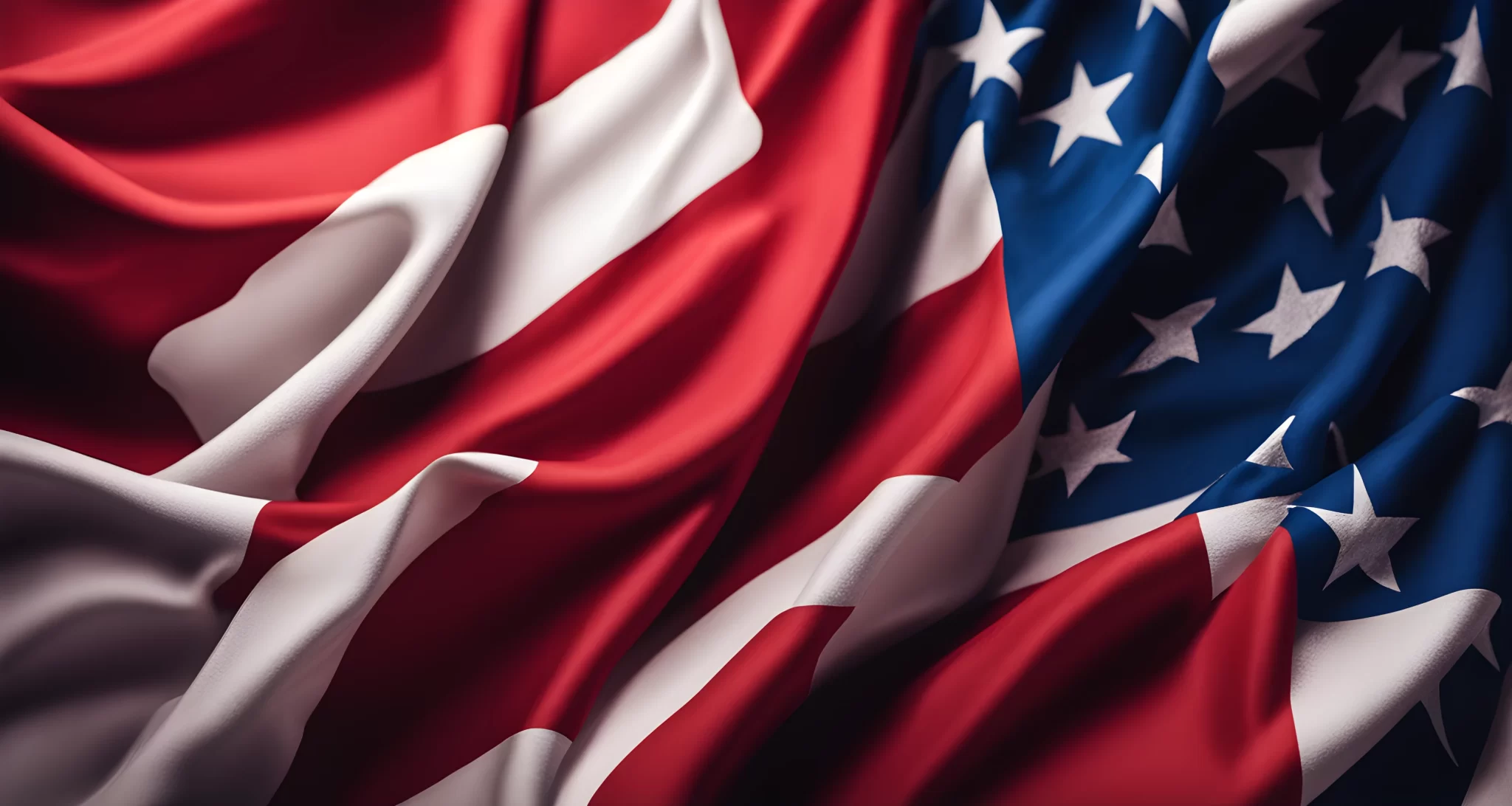
Fueling the Theory
The persistence of the chemtrails theory has been fueled by a combination of factors, contributing to its continued presence in popular discourse. Here are some key factors that have contributed to the perpetuation of the theory:
-
Social Media: The widespread use of social media platforms has allowed for the rapid spread of misinformation and conspiracy theories, including the chemtrails theory. This has enabled proponents of the theory to reach a large audience and gain traction.
-
Confirmation Bias: People are often inclined to seek out information that confirms their existing beliefs. This phenomenon has led individuals who already distrust government agencies and institutions to readily accept the chemtrails theory as truth.
-
Pseudoscience: Some proponents of the chemtrails theory have presented pseudo-scientific explanations and evidence to support their claims, which can be convincing to those who are not well-versed in scientific principles.
-
Cultural Influence: The prevalence of conspiracy theories in popular culture, such as in movies and television shows, has normalized the idea of government cover-ups and secret operations, making it easier for the chemtrails theory to gain traction.
These factors have collectively contributed to the enduring presence of the chemtrails theory in society, despite a lack of scientific evidence supporting it. The impact of these influences cannot be overstated, as they continue to fuel public confusion and fear regarding the phenomenon.
For further exploration into paranormal beliefs and theories, consider investigating Ouija board connection paranormal.
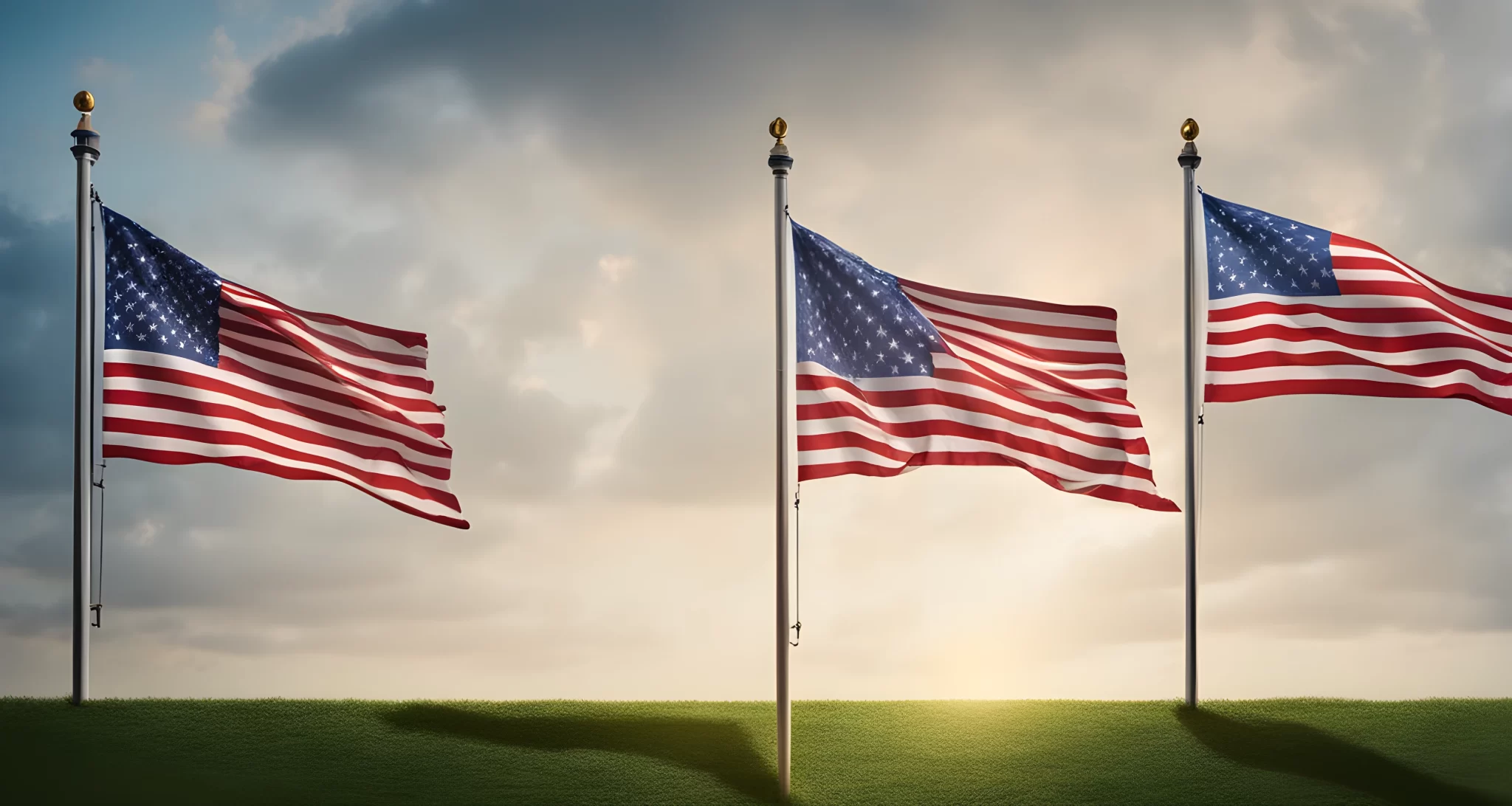
Conclusion
The chemtrails theory continues to be fueled by misinformation and conspiracy theories, as well as the ease of spreading information through social media and the internet. Despite efforts to debunk the theory, it has gained a following and has led to public concern and scrutiny of aircraft emissions.
This phenomenon highlights the power of social media in shaping public opinion and spreading misinformation. It also emphasizes the need for critical thinking and fact-checking in today’s digital age. The impact of this theory on society is significant, as it has led to widespread fear and scrutiny of government and scientific institutions.
The debate surrounding false flags and conspiracy theories is complex and multifaceted. It is important for individuals to approach information with a critical eye and seek out reputable sources for accurate information. In today’s interconnected world, it is crucial to navigate through the abundance of information available and discern fact from fiction.
To delve deeper into the impact of misinformation on societal beliefs, consider exploring the False memory debate to gain further insight into the cultural and social impacts of conspiracy theories.
In conclusion, while false flags and conspiracy theories may continue to persist, it is essential for individuals to approach information with skepticism and seek out credible sources to form well-informed opinions.
FAQ
What is a false flag operation?
A false flag operation is a deliberate act of deception, often involving violence or the threat of violence, designed to make it appear as though it was perpetrated by someone other than the actual perpetrator. this tactic is used to create a pretext for further action, often to garner sympathy or support for a particular group or cause.
Where does the term ‘false flag’ originate from?
The term ‘false flag’ originates from the 16th century, when pirates would fly the flag of a friendly nation to deceive merchant ships. over time, the concept evolved to include literal deception at sea and, later, in modern warfare.
Can you provide historical examples of false flag operations?
During world war i, the german cruiser sms ‘cap trafalgar’ disguised itself as the british hms ‘carmania’ and attacked the actual hms ‘carmania’ off the coast of brazil. in world war ii, the german military staged the gleiwitz incident, where german soldiers dressed as polish militiamen attacked a radio station in gleiwitz, germany, to create the illusion of a polish raid, which adolf hitler then used to justify the invasion of poland.
Do false flag operations still occur in the 21st century?
Yes, false flag operations continue to be suspected in various conflicts. one notable example is the 2014 annexation of crimea by russia, where russian operatives disguised themselves as local separatists to justify the invasion.
